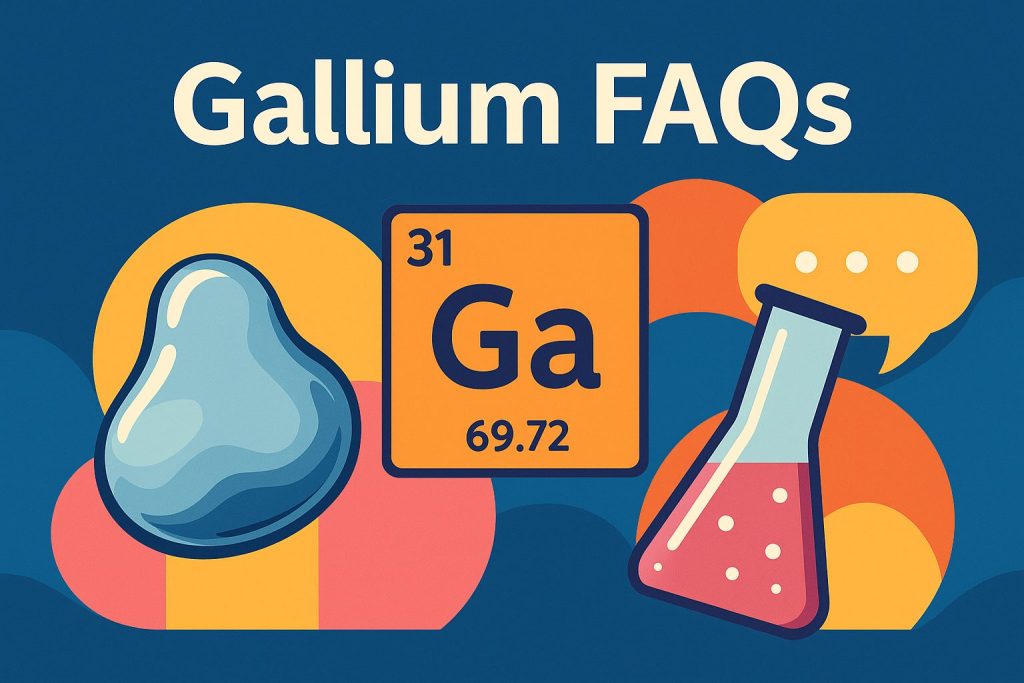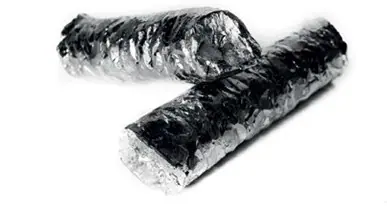The Metal That Keeps Jet Engines Flying and Reactors in Check

Whether you’re fascinated by jet engines or curious about what makes control rods tick, hafnium is one of those unsung heroes of modern technology. With its exceptional heat resistance and neutron-absorbing ability, this strategic metal plays a vital role in aerospace, nuclear power, and semiconductor manufacturing.
In this FAQ, we delve into the multifaceted nature of hafnium, examining its discovery, properties, real-world applications, and investment potential.
🔬 Properties & Physical Behavior
Hafnium is a lustrous, silvery metal known for its exceptional heat resistance, corrosion resistance, and neutron-absorbing properties. A close chemical cousin to zirconium, hafnium often appears in trace amounts within zirconium ores and is notoriously difficult to separate.
Yes, hafnium is a transition metal in Group 4 of the periodic table. It’s ductile, corrosion-resistant, and has very high melting and boiling points — 2,150 °C (3,902 °F) and 4,603 °C (8,337 °F) respectively.
In its pure metallic form, hafnium appears silvery-grey with a reflective surface. It’s dense, malleable, and forms a protective oxide layer when exposed to air. In powdered form, it is much more reactive and appears darker in colour.
Hafnium carbide (HfC) is one of the most heat-resistant materials known, with a melting point over 3,900 °C. It is used in ultra-high-temperature applications, such as rocket nozzles and hypersonic vehicles.
📖 History & Discovery
The element was discovered by Dutch physicist Dirk Coster and Hungarian radiochemist George de Hevesy.
Hafnium was first identified in zirconium ore in Copenhagen.
Hafnium was discovered in 1923 by chemists Dirk Coster and George de Hevesy using X-ray spectroscopy. Its discovery completed the Periodic Table at the time, as hafnium was the last naturally occurring element predicted by Mendeleev yet to be found.
“Hafnium” is derived from “Hafnia,” the Latin name for Copenhagen, the city where it was first identified.
🌍 Origin & Production
Hafnium is most commonly found in zirconium-bearing minerals such as zircon (ZrSiO₄), though only in trace amounts.
Hafnium is not mined directly. It is extracted as a by-product from zirconium mineral sands. Major producers include Australia, South Africa, China, Brazil, Russia, and Ukraine.
Most hafnium is refined in countries that also process zirconium, with significant output from China, France, and the United States. However, global production is limited, often less than 100 tonnes per year.
Yes, hafnium is considered rare, both because of its limited natural occurrence and the difficulty of separating it from zirconium.
They are chemically very similar, often found together in the same ores, and require complex chemical or physical separation techniques. This separation process is labour-intensive and costly, contributing to hafnium’s rarity and high price.
Hafnium is classified as a critical raw material by several countries due to its scarce supply, limited production sources, and its strategic importance in aerospace, nuclear, and semiconductor applications (e.g., it’s on the U.S. critical minerals list).
The U.S. maintains limited strategic reserves of hafnium, but it largely depends on imports, particularly for defence and aerospace applications. Accurate stockpile data is often classified due to its military relevance.
⚙️ Uses & Applications
Hafnium enhances the performance and durability of high-stress components. In aerospace, it contributes to longer engine life and better fuel efficiency. In nuclear reactors, it ensures safety by controlling fission reactions. In microchips, it allows faster computing with lower power usage.
Hafnium is used in superalloys for jet engine turbines, control rods in nuclear reactors, semiconductor fabrication (particularly high-k dielectric materials), and plasma cutting tools. Its heat resistance and neutron absorption capacity make it invaluable in extreme environments.
Hafnium is exceptionally good at absorbing neutrons, making it an ideal material for control rods that regulate nuclear fission in reactors.
Hafnium carbonitride (HfCN) is a compound with exceptional thermal and mechanical properties. It is being researched for next-generation aerospace coatings, including spacecraft re-entry shields and turbine blades.
Hafnium’s price is driven by limited availability, complex production (especially the separation from zirconium), and intense demand from critical sectors such as aerospace and nuclear power. Moreover, global production is relatively small and tightly controlled.
🧪 Safety & Handling
No, naturally occurring hafnium is not radioactive. It consists of stable isotopes and poses no radiological hazard under normal conditions.
Yes, hafnium is generally considered safe for industrial use when handled properly. However, finely divided hafnium powder is highly flammable and should be handled with caution in well-controlled environments.
💼 Buying, Investing & Storage
Industry- and investment-grade hafnium is not available through regular retail channels. It must be purchased through a specialist dealer. We offer industrial-grade hafnium in certified packaging, suitable for industrial use, or for long-term storage, and resale to industry buyers.
You can invest by physically owning hafnium through a tangible asset investment. At Strategic Metals Invest, we provide access to this rare metal with full certification, optional secure vault storage, and a clear resale pathway via our industry partner TRADIUM GmbH.
Due to its high value and industrial use, we recommend storing hafnium rods in a secure, climate-controlled vault like our METLOCK facility in Frankfurt. Your metals are kept in their original industrial packaging for maximum safety, documentation, and resale value.
Hafnium may not make headlines like gold or lithium, but its importance in advanced technologies makes it a strategic metal worth knowing — and owning. With rising demand in aerospace and semiconductor sectors, and limited global supply, hafnium is quietly becoming a high-value asset. Thinking of adding it to your portfolio? Contact us for more information. We’re here to help you navigate your options with expert guidance and secure storage.


